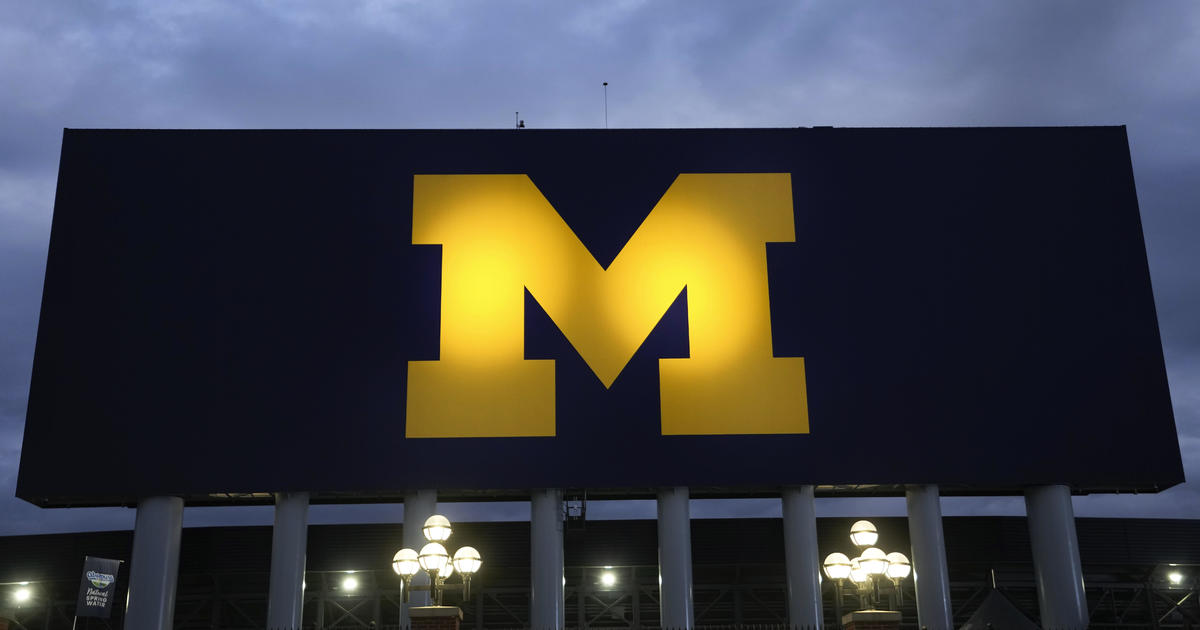Advanced Photonix Sells Computer Tomography System Option
Ann Arbor-based Advanced Photonix Inc. (NYSE Amex: API) announced that it has shipped the second Computer Tomography accessory to NICT in Japan.
Building upon its previously purchased T-Ray 4000 terahertz radiation generator, NICT is expanding its base system capability, by incorporating a CT gantry with a 20-inch horizontal and a 12-inch vertical scanning capability.
Computed Tomography is a powerful nondestructive evaluation technique for producing two- and three-dimensional cross-sectional images of an object using flat images.
With its ability to facilitate internal inspection of the human body as well as manufactured components, x-ray CT has been used in many medical and industrial applications.
In contrast to conventional x-rays which emit high energy radiation that require extreme safety standards and shielding, terahertz technology is safe and can be used as an alternative in many of those industrial applications, or applications where x-rays cannot be safely used. Key areas for terahertz CT scanning include flaw detection, failure analysis, assembly analysis, as well as art and archeology applications.
Terahertz radiation, little understood and hard to generate before the 1990s, occupies a space on the electromagnetic spectrum between microwaves and infrared light. It has potential applications in a wide variety of disciplines, from materials testing to medical diagnostics security checkpoints, because it can see through clothing and even the top layers of human flesh -- but it doesn't pack the damaging punch of X-rays.
API's CT platform includes two new additional software modules for the T-Ray Explorer program, the CT Acquisition Module and the CT Reconstruction Module. The CT Acquisition Module provides multiple sinogram data collection. Each sinogram represents the data for a single slice of the object. Once the sinogram images are collected, they must be converted into the cross-sectional image using a filtered back projection transform. This is performed within the CT Reconstruction Module.
The fully integrated modules are straightforward and provide greater ease to the workflow process. Once the operator determines the parameters, the CT Reconstruction Module will perform batch reconstruction of the slice sinograms. Exporting the slices as a single multi-image TIFF allows for the assembly of the slices as a 3D model in many third party software packages.
"Our latest CT software increases the effectiveness and inter-operability with third party software, making it easier for users to obtain internal three dimensional images," said API CEO Richard Kurtz. "We expect this product to be broadly embraced with extensive use in the areas of non-destructive testing as well as art and archeology. In the study of antiquities, for example, traditional x-ray technology has the potential danger of affecting thermo-luminescence dating and requires the use of personal protective gear. The optional gantry and motion control system combined with our new CT software provide a powerful tool to the art and archeology world."
More detailed information on the NICT archeology study can be found at www.nict.go.jp/publication/shuppan/kihou-journal/journal-vol55no1/05-02.pdf.
More about API overall at www.advancedphotonix.com.



